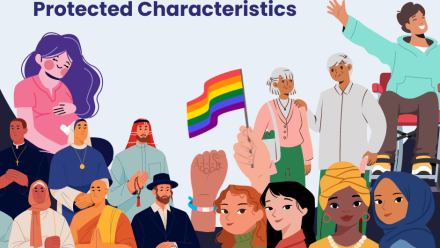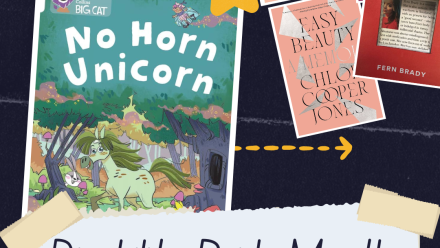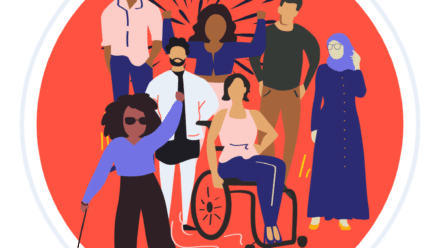Digital Accessibility in Higher Education
18th May 2016 by Catia Neves
It’s crunch time and universities up and down the country are in the midst of an accessibility revolution. Following changes to the Disabled Students Allowance (DSA), universities must now fill the gaps, ensuring that their institutions are inclusive, and Disabled Students don’t forego the support they need. There has been a lot of discussion surrounding different aspects of inclusive practice in higher education and how to ensure all students are getting the best out of their time at university. Lecture-capture, networking assistive technology on university computers, creating accessible resources, inclusive assessments, fit-for-purpose Moodles, Blackboards and VLEs (and the list goes on!) are all topics that are part of the fray.

This is an exciting time. With a new era of universal design upon us, the prospective changes are potentially game-changing for everyone undertaking further education. Remember, we are all neurodiverse and learn differently, whether we classify as ‘disabled’ or not. There are strategies and technologies available that are beneficial to everyone. Let’s think big!
As an organisation designed and led by a team of neurodiverse individuals, we at D&A wanted to share some things we’ve picked up along the way regarding making things accessible, so here’s our two-pence:
- Where to start?
Identifying current challenges or exclusionary practices will promote a solution-based approach, reducing barriers to inclusion. - Involve the end users in the design process.
They’re the best people to judge whether it is fit for purpose and meets their needs. Ask for and listen to feedback, as this will guide the solution. - Work from the ground up!
Too often, disabled people and digital accessibility practitioners only get a chance to address accessibility when something has gone wrong. Digital accessibility needs to be thought about from the start of the design process. - Think creatively!
When talking about accessibility, we also have to take into account affordability, availability, and usability. However, often, a bit of creativity and technical ability goes a long way! - One team one dream.
Making digital learning accessible presents technical challenges. However, the chief barriers are the lack of awareness, commitment, and training among those who create digital resources (academic staff and designers of HE websites/ VLEs). To ensure inclusive practice across a university, everyone has got to be on board! - Share the knowledge and tools.
Digital literacy (understanding the options) and pooling this knowledge and resources are essential. Many of us are working towards the same end goal, so sharing best practices and innovations will only help guarantee the removal of barriers and a standard that all students should have the right to expect.
D&A offer a range of workshops on different aspects of accessibility– exploring apps and ‘universal tools’- low cost or free assistive technologies to support different areas of learning, the accessibility functions of Microsoft Word or a general workshop on making content accessible, which includes:
- a legislative context for making content accessible
- an understanding of Assistive Technology software that students/service users may use to access document/web content
- a hands on exploration of how to ensure your documents are accessible using MS Word for students/service users
- exploring the accessibility of PDF documents
- understanding website accessibility for students/service users
- Virtual Learning Environments (VLEs) and accessibility
Get in touch, and we can work together to remove the barriers in Higher Education that can be easily overcome with a bit of creativity, enthusiasm and shared knowledge.

Written by: Raphaele von Koettlitz


